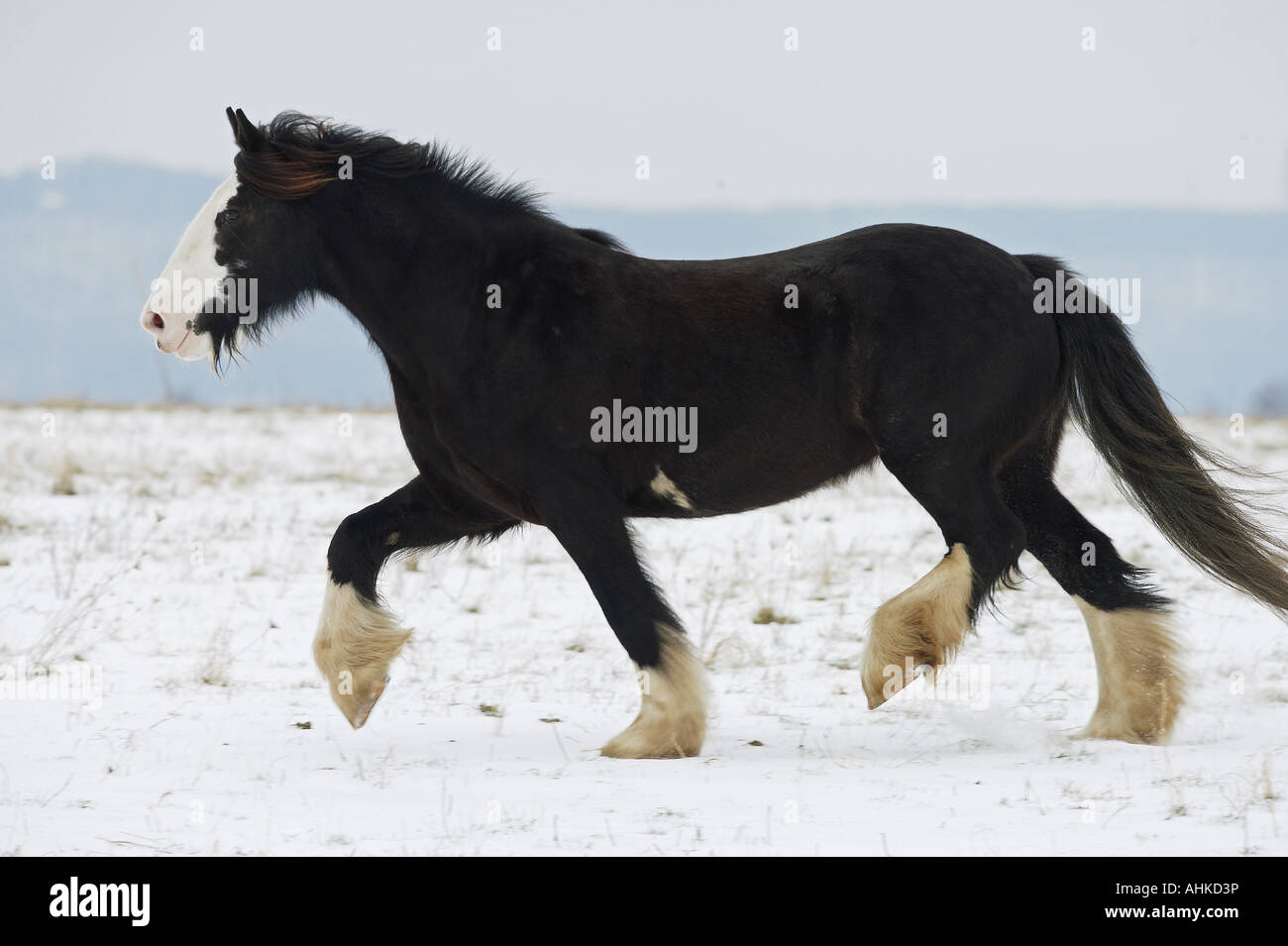
Take a general survey of the horse from the front, rear, and both sides, so as to determine whether he is or is not built on the lines suitable to do the work for which he is wanted. If backed out of a single stall, look closely for extreme flexion of the hind legs, known as stringhalt, which is discussed later. Normal health is indicated by an alert, graceful carriage, rich, lustrous coat, and good condition as to flesh. Have the horse led out of the stable, so that he may be inspected in a good light and on a level and solid footing. Minor stable vices.- Other less important vices which may be ascertained at a stall examination are: Rubbing the mane or tail, chewing the manger, and biting and throwing back the ears when approached.

Weaving.- Weavers throw their heads and fore quarters from one side to the other and are objectionable because they use up energy that may be needed for other purposes they frequently stand wide on their forefeet. Stall trotting is not so common as stall walking. An animal addicted to the former may be identified by well-beaten paths around the borders of his box stall, while the latter vice (indulged in by horses tied in their stalls) manifests itself in a trotting motion of the feet. Stall walking and stall trotting.- Energy-consuming vices which indicate a restless, nervous temperament are stall walking and stall trotting. Kicking.- Heavy chains suspended from the ceiling and hanging close to a horse’s hind legs, the use of chain hobbles, scars on the hind legs, and shoe prints on the partitions are evidence of stall kicking. They are hard to keep in good condition and are somewhat subject to colic. Horses with these habits fill their stomachs and intestines with air, giving a bloated appearance to the abdomen. Cribbers press their teeth on some object, such as the manger, while sucking in air consequently the characteristic wear on the teeth may indicate this vice, as does also a broad strap buckled snugly around the neck at the throat-latch. Likewise a rope tied from one stall partition to the other at about the height of the quarters, or the use of what is known as the body rope, may indicate this defect.Ĭribbing and wind sucking.- Horses that suck air through the mouth, accompanied by a grunting sound, are termed wind suckers. Halter pulling.- Horses wearing extra heavy halters (particularly heavy rope halters) or a rope around the neck would be suspected of halter pulling. – Location of points of common unsoundness in horses.Įvidences of stable vices can best be seen by observing a horse in his stall.

Figure 2 shows the points at which the more common unsoundnesses occur.

Figure 1 names the different regions of the horse to which attention will be invited. A thorough examination for the various forms of blemish, vice, faulty conformation, and unsoundness in a horse is absolutely essential if serviceableness is to be secured, and a definite method of procedure should be adhered to in making the examination, which should correspond to the order in which the various steps most conveniently present themselves. – Points of the horse: 1, mouth 2, nostril 3, nose 4, face 5, eye 6, forehead 7, poll 8, ear 9, lower jaw 10, throatlatch 11, neck 12, crest 13, shoulder bed 14, shoulder 15, withers 16, point of shoulder 17, breast 18, arm 19, elbow 20, forearm 21, knees 22, cannons 23, fetlocks 24, pasterns 25, feather 26, feet 27, heart girth 28, fore flank 29, underline 30, hind flank 31, barrel 32, back 33, loin 34, coupling 35, hip 36, croup 37, tail 38, buttock 39, quarters 40, thigh 41, stifle 42, gaskin 43, hock.Īn understanding of the desirable and undesirable conditions found in horses, together with a knowledge of their relative values, will enable the purchaser to select a better animal, with a considerable saving of time, inconvenience, and expense.


 0 kommentar(er)
0 kommentar(er)
